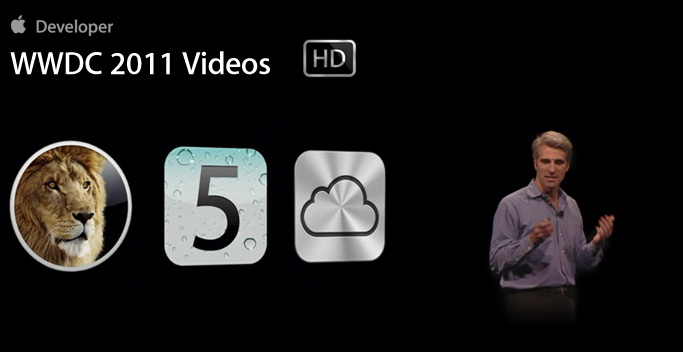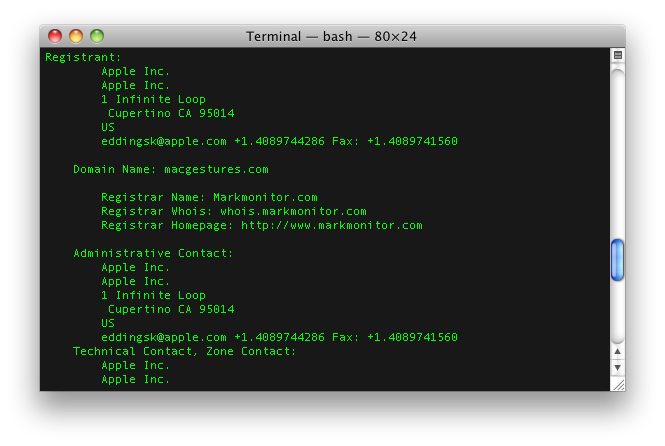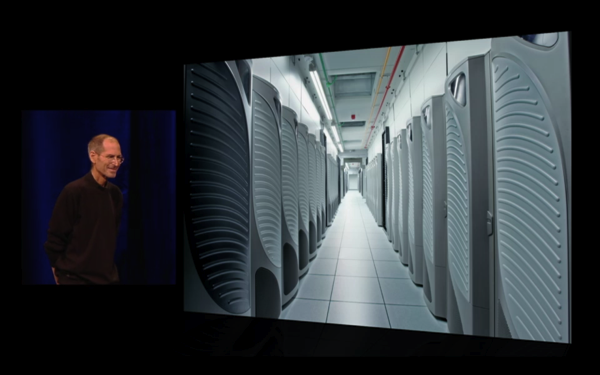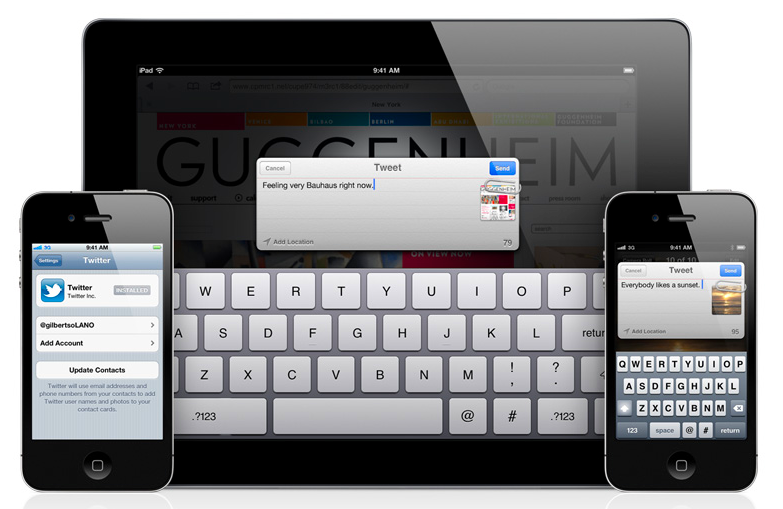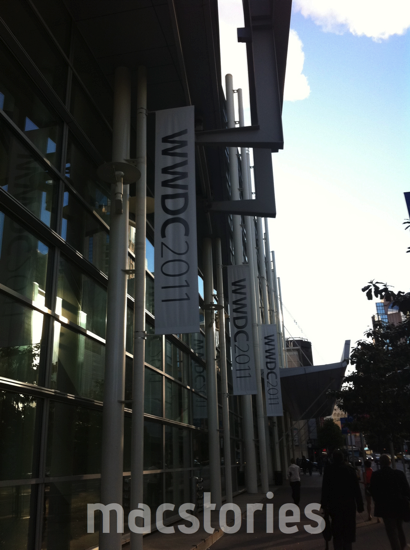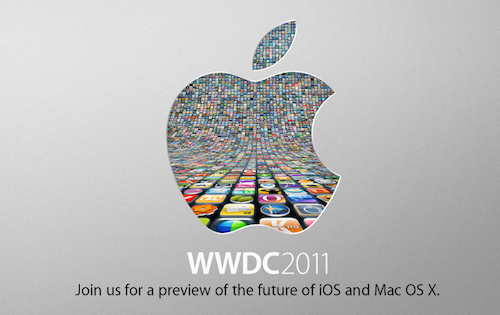Right on schedule less than two weeks after WWDC, Apple has uploaded the session videos to its Developer portal and made them available for registered developers to download in iTunes, provided they log in with their Apple ID. Whilst the landing page for the WWDC 2011 Session Videos went live for a few minutes yesterday, the videos were not available yet. The videos are now available both in SD and HD at developer.apple.com/itunes. 109 files of sessions covering new iOS 5 topics like Notification Center and iMessage, new iCloud features, OS X Lion and memory management for developers can be downloaded now, for free and viewed on any iPhone 4, iPad, Apple TV, Mac and iPod touch 4th gen.
As usual, Apple reminds you that “content presented within the session videos and slides is Apple Confidential Information and is subject to the Registered Apple Developer Agreement.” The official Developer Videos webpage hasn’t been updated yet to reflect the changes, but the 2011 Sessions are available on iTunes.
Categories covered at WWDC 2011 include:
- Apple Platforms Kickoff
- App Frameworks
- Core OS
- Developer Tools
- Graphics, Media, and Games
- Internet and Web
Sessions can be downloaded as videos, or digital booklet slides.


